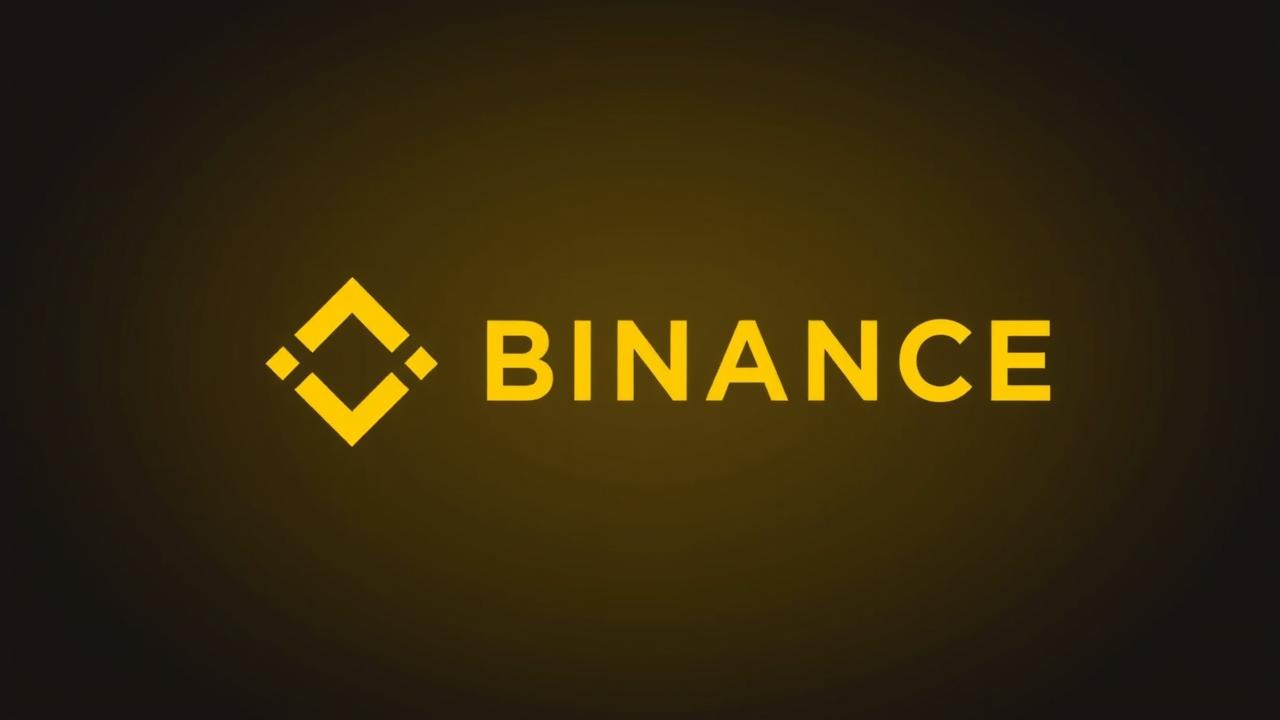How safe is your crypto exchange account from hackers? With cyberattacks on the rise, even the most trusted exchanges are not immune to security threats.
Every year, millions of dollars vanish due to weak passwords, phishing scams, and poor security habits. Losing access to your account or funds can be devastating, and recovering stolen crypto is nearly impossible.
The good news is that you can take simple but effective steps to protect your assets. By following best practices, you can secure your account and trade with confidence. Let’s break down the essential measures to keep your crypto safe.
Use a Strong and Unique Password
Many people make the mistake of using simple passwords or reusing them across multiple accounts. This increases the risk of hackers gaining access to your funds. Here’s how you can create a secure password:
- Use at least 12-16 characters with a mix of letters, numbers, and symbols.
- Avoid personal information like names or birthdates.
- Do not reuse passwords across different platforms.
- Use a password manager to store complex passwords securely.
A study by Verizon found that 81% of hacking-related breaches are due to weak or stolen passwords. Taking password security seriously is your first line of defense.
Enable Two-Factor Authentication (2FA)
Two-factor authentication (2FA) adds an extra layer of security to your account. Even if someone steals your password, they won’t be able to log in without the second authentication step.
Best 2FA Methods:
- Authenticator Apps (Google Authenticator, Authy) – More secure than SMS.
- Hardware Security Keys (YubiKey) – Physical devices that provide strong protection.
- SMS-based 2FA – Less secure because hackers can intercept text messages.
Setting up 2FA significantly reduces the risk of unauthorized access.
Read also
Beware of Phishing Attacks
Phishing is one of the most common ways hackers trick users into revealing their login details. These scams usually come in the form of fake emails, messages, or websites that look identical to real crypto exchanges.
How to Spot a Phishing Attempt:
- Double-check the sender’s email address.
- Never click on suspicious links or download unknown attachments.
- Always visit the official exchange website by typing the URL manually.
- Enable anti-phishing codes in your exchange settings for extra security.
According to the Anti-Phishing Working Group, phishing attacks increased by 61% in 2022, showing how serious this threat has become.
Secure Your Email and Devices
Your email is a key part of your account security. If hackers gain access to it, they can reset your exchange password and take control of your funds.
Steps to Secure Your Email:
- Use a strong and unique password.
- Enable 2FA for your email account.
- Activate anti-phishing protection if available.
- Regularly check for suspicious activity.
In addition, keep your devices secure by installing antivirus software, avoiding downloads from unknown sources, and updating your operating system regularly.
Use a Hardware Wallet for Large Holdings
If you store a significant amount of crypto, it’s best to keep most of it in a hardware wallet instead of leaving it on an exchange.
Why Hardware Wallets Are Safer:
- They store your crypto offline, making it impossible for hackers to access it remotely.
- Private keys never leave the device.
- Even if your exchange account is hacked, your funds remain safe.
Popular hardware wallets include Ledger Nano X and Trezor Model T.
Be Cautious with Public Wi-Fi and VPN Use
Public Wi-Fi networks are a hacker’s playground. Logging into your exchange account on an unsecured network can expose your credentials.
How to Stay Safe:
- Avoid logging into your crypto account on public Wi-Fi.
- Use a Virtual Private Network (VPN) to encrypt your internet connection.
- Always verify the security of the network you’re connecting to.
A study by Kaspersky found that one in four public Wi-Fi hotspots are unsecured, making them a high-risk environment for sensitive transactions.
Regularly Monitor Account Activity
Frequent monitoring of your account can help detect suspicious activity early.
What You Should Do:
- Check for unknown login attempts.
- Set up alerts for withdrawals and logins.
- Review API connections and remove any that you don’t recognize.
- Contact support immediately if you notice anything unusual.
Limit API Key Permissions (For Advanced Users)
If you use trading bots or third-party services that require API access, be mindful of their security risks.
Best API Security Practices:
- Only enable permissions that are necessary.
- Never share your API keys with anyone.
- Use IP whitelisting to restrict access.
- Regularly review and revoke unused API keys.
Choose a Secure and Reputable Exchange
Not all crypto exchanges have the same security measures. Before using an exchange, research its security track record.
What to Look For in a Secure Exchange:
- Strong encryption and multi-layered security protocols.
- Cold storage for customer funds.
- Two-factor authentication support.
- A history of handling security breaches responsibly.
Websites like CoinGecko and CoinMarketCap provide reviews and ratings of exchanges to help users make informed decisions.
Stay Updated on Security Practices
Cyber threats are always evolving. Staying informed about the latest security measures can help you protect your funds.
Ways to Stay Updated:
- Follow security blogs and crypto news websites.
- Subscribe to your exchange’s official security updates.
- Participate in crypto security forums and discussions.
Conclusion
Keeping your crypto exchange account secure requires a proactive approach. By using strong passwords, enabling 2FA, avoiding phishing scams, and storing large holdings in hardware wallets, you significantly reduce the risk of losing your assets.
As the crypto industry continues to grow, hackers are finding new ways to exploit vulnerabilities.
Taking security seriously is not just an option—it’s a necessity. Stay informed, follow best practices, and always prioritize the safety of your investments.




 Review of Binance – The Best Choice for Cryptocurrency Trading
Review of Binance – The Best Choice for Cryptocurrency Trading
 Bybit Removed from French Regulator’s Blacklist, Eyes MiCA License
Bybit Removed from French Regulator’s Blacklist, Eyes MiCA License
 Understanding Crypto Exchange Fees and How to Minimize Them
Understanding Crypto Exchange Fees and How to Minimize Them


